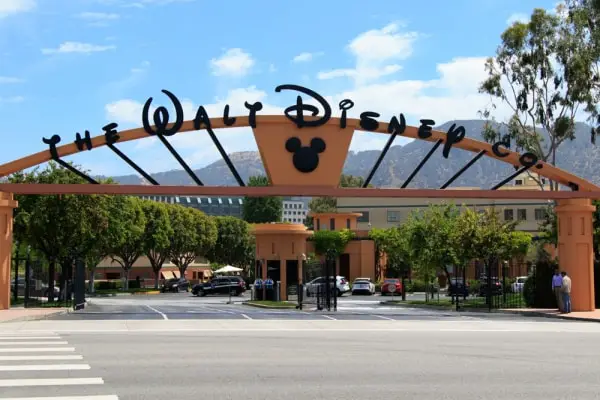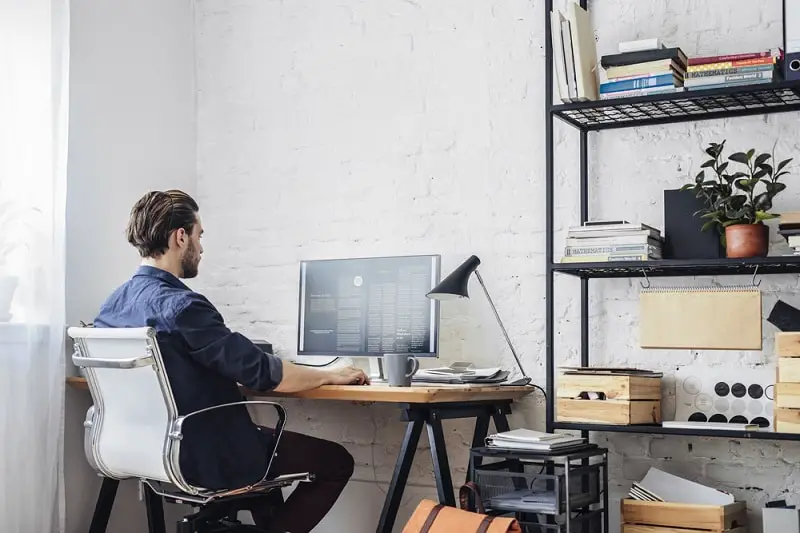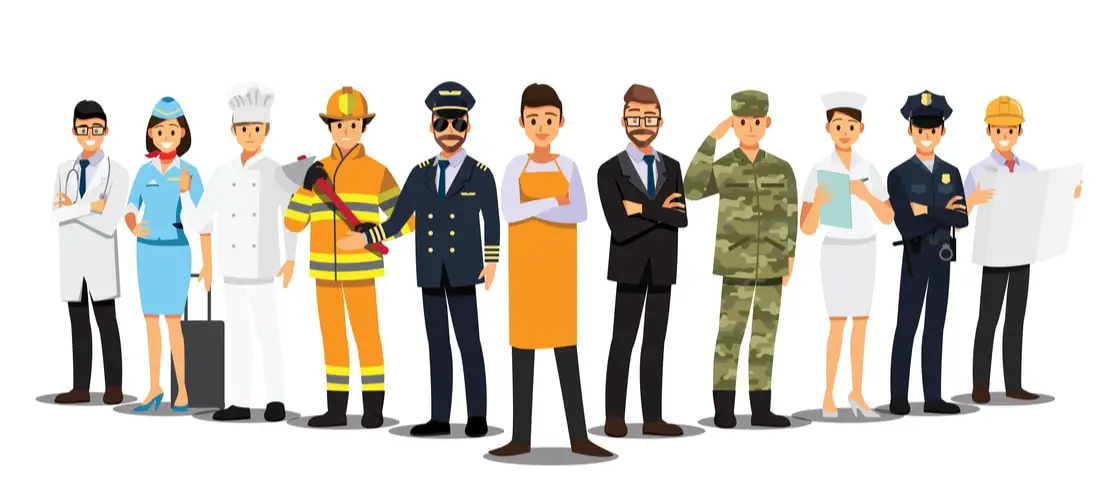Salary, Job Description, How To Become One, and Quiz
.jpg)
Director of Photography
The DP is responsible for the visual aspect of the film. They do that by using lighting, framing, and camera movements to create each scene.
Table of contents
The Directory of Photography (DP) is also called the Cinematographer. This person is one of the creative leaders during a production in television or films. The DP works alongside the Director to make sure that the visual aspects match the concept of the film.
The DP needs creative skills and knowledge about lighting and camera operation to be hired for this position. Often, they start out as a 2nd Assistant Camera, acquire skills and move up to 1st Assistant Camera, and finally become the Camera Operator. This gives them the skills necessary for the role of DP.
What they do
The DP is responsible for the visual aspect of the film. They do that by using lighting, framing, and camera movements to create each scene.
Develop the Film’s Visual Style
The DP will make decisions about the visual aspects of the story being told by the film. They start by reading the screenplay and breaking down the emotions, characters, and subtext. They determine a specific plan for how to convey these elements through the lighting and cameras.
This process involves creating a visual world where the characters exist and communicating this world to the camera and lighting crews. In addition, the DP needs to work closely with the Director to make sure that the visual concept fits in with his or her ideas. The DP starts with the subtext to engage the audience and create the emotional reaction the Director is looking for.
Determine Lighting Requirements
Another responsibility is determining the lighting requirements for the film. The lighting plays a role in communicating the mood of the film, and it is critical to the visual concept. It is necessary to determine the key light, which is the primary light source. The fill light will illuminate the shadows, and the backlight hits a subject from behind. These three elements make up the three-point lighting setup.
The DP needs to consider all aspects of how the light affects the message, including the natural light that is available, as well as side lighting, bounce light (light that is reflected), whether the light is going to be soft or hard, and practical light, which is anything from a light source such as a table lamp. The DP decides on all of these elements and makes a plan for the entire production.
Determine Camera Requirements
When it comes to the camera requirements, the DP needs to determine how to use the cameras to convey the visual concept. This strategy can be broken down into a number of categories. The most critical are the format, composition and movement of the camera, but there are others they can add, including the lenses used, the focus, filters, and so on.
The format is the medium that is best for the film, including film or digital. The DP needs to determine the details of how to shoot the film. The composition includes the aspect ratio and how it will convey the subtexts of the film. They choose the aspect ratio and the angles for various shots. The movements include how to move the camera and follow the characters throughout the production.
Supervise Camera Crew and Direct Camera Movement
The DP will take the plan that he or she designs for the production and supervise the camera crew throughout the production. The DP makes all of the executive calls on lighting and framing, and he or she will direct the camera operator, the 1st assistant camera, and the 2nd assistant camera as to how they should shoot the film.
The DP needs to be able to communicate the visual concept to the lighting crew so that they understand how to create the film. They direct the camera and light operators throughout each shot to ensure that it stays true to the Director’s vision for the film.
Work with Electricians to Ensure Adequate Power
The film set has two types of electricians who make it possible to power all of the equipment that will be used on the set. The Rigging electrician creates all of the necessary power supplies for the On-Set Electric Team so that they can start laying the cables.
Once the DP has determined the camera and lighting requirements for the film, this information needs to be communicated to the electric teams to ensure that there is enough power. This is another critical part of the process for making a film, and it shows the importance of creating a scene-by-scene plan for the camera operation and lighting.
Edit Visual Elements in Post Production
During the post production phase, the film will be edited by editors, and the DP’s job is mostly finished. However, the DP will supervise the editing process to make sure that the film retains the visual concept that was agreed upon by the Director and the DP.
What is the job like
Pros
You get to work in a creative environment
A Director of Photography has a very creative role in the filmmaking process, and you get to surround yourself with other creative individuals.
You get to meet new people and visit new places
Films are usually shot on location, and you can travel the world as a Director of Photography.
You get to work autonomously
Most DPs are in charge of the visual concept of the film, and they often work as freelancers.
You get to work in a fast-paced and exciting environment
Making a film is fast-paced work, and you film different parts of different scenes every day.
Cons
You work long hours including holidays
When you are making a film, you can work 15 or more hours a day on your feet.
You often will work over the holidays
You might miss spending time with family and friends. If you are on location, you may not be able to travel home.
Where they work




The Director of Photography typically works on television or movie sets under the Director of the film. Most of the time, they are freelance workers who work directly for the Director of the film, although they can be studio employees. They might work for other types of production companies as well and help to produce company videos, commercials, music videos, and other film-related projects.
How to become one
Step 1: Get Some Experience
If you want to become a Director of Photography, you need to start by getting some experience on a set. You can start in any capacity. So much of how far you get depends on getting your foot in the door. You can start as a 2nd assistant camera operator, and gain experience while you are learning.
Step 2: Get a Degree in Cinematography
Many jobs will require that the Director of Photography have a degree in a relevant form of cinematography. You can get a Bachelor’s degree or attend a technical school.
Step 3: Work Your Way Through the Ranks
Most of the time, you need to get on the set. Once you have some experience as a 2nd Assistant Camera operator, you can work your way up to 1st Assistant Camera and then Camera Operator. You should be making valuable contacts during this process. When you are ready to move up to Director of Photography, you will know who you want working on your crew.
Should you become one
Best personality type for this career
People with this personality likes to work with designs and patterns. They prefer activities that require self-expression and prefer work that can be done without following a clear set of rules.
You can read more about these career personality types here.
There are certain personality traits that are ideal for this career. First of all, you need to have confidence and believe in yourself. Your crew needs to respect you and trust your vision, so confidence is critical. Another important trait is having the creative ability to envision the shots you want to make.
You should be detail-oriented and organized, and you should be a nice person who is easy to get along with. Everything on the set will move along much better, and this is critical to getting hired. People hire those who they can rely on and who are easy to work with.
Take this quiz to see if this is the right career for you.
Don’t know which career to pursue?
Take the career quiz to find careers that match your personality type.
Take The Career Quiz
.jpg)
.jpg)
.jpg)
.jpg)
.jpg)
.jpg)
.jpg)
.jpg)
.jpg)
